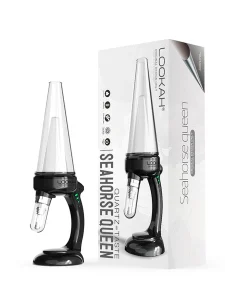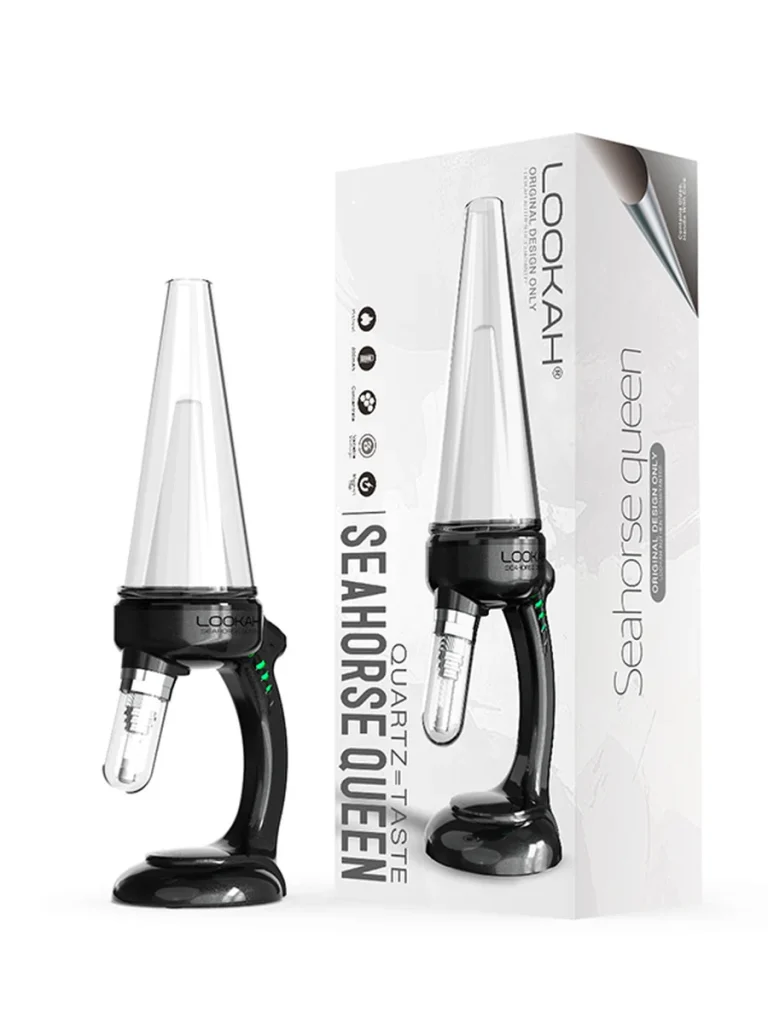Understanding the Importance of Newsletter Signup
In the digital era, the importance of maintaining strong communication with customers cannot be overstated. One of the most effective tools in achieving this is through a well-maintained email newsletter. A newsletter signup allows businesses to gather contact information from potential customers, which can then be used to engage, inform, and nurture them over time. In this comprehensive guide, we will explore the nuances of newsletter signups, their benefits, common challenges, and best practices to help you optimize your approach and grow your subscriber base.
What is a Newsletter Signup?
A newsletter signup is a process wherein users voluntarily provide their email addresses and, sometimes, additional personal information, to be added to a mailing list. This list is then utilized to send newsletters, promotional offers, updates, or relevant content directly to subscribers’ inboxes. Effective newsletter signup forms not only collect user data but also serve as a point of interaction between the business and potential customers, encouraging ongoing engagement.
Benefits of Building an Email List
Building an email list through newsletter signups has multiple advantages:
- Direct Communication: Email provides a direct line to your audience. Unlike social media platforms, where algorithms control what users see, emails land straight in their inboxes.
- High Engagement Rates: Email marketing boasts higher engagement rates compared to other channels. Subscribers who actively opt-in are often more interested in your content and offerings.
- Customer Retention: Regular newsletters keep your brand top-of-mind. Engaging with customers consistently fosters loyalty and return visits.
- Personalization: Email allows for tailored messaging, leading to higher conversion rates. Personalization can include recommendations based on past purchases or interests expressed through interaction with previous newsletters.
- Cost-Effective Marketing: Compared to other forms of advertising, email marketing is often less expensive and yields a higher return on investment (ROI).
Common Challenges with Newsletter Signups
While implementing a newsletter signup can significantly benefit your business, challenges may arise, such as:
- Subscriber Drop-off: It’s common for users to sign up but then unsubscribe shortly after. Understanding the reasons behind this can help reduce drop-off rates.
- Spam Regulations: Compliance with regulations like GDPR can be tricky. Businesses must ensure they have clear and transparent practices around data collection and usage.
- Quality Over Quantity: Not all signups are equal. Prioritizing quality leads over sheer number can lead to better engagement outcomes.
Best Practices for Designing Newsletter Signup Forms
Optimal Placement and Timing for Signup Forms
The placement and timing of your newsletter signup forms can heavily influence conversion rates. Here are the key considerations:
- Above the Fold: Placing the signup form above the fold ensures that it is immediately visible when visitors land on your website.
- Exit-Intent Popups: Using pop-ups that trigger when a user is about to leave your site can capture potential subscribers before they exit.
- Embedded Forms: Integrating signup forms within content, such as blog posts, increases the chances that interested readers will subscribe whilst engaging with content.
Design Tips to Attract Subscribers
The design of your newsletter signup form matters as much as its content. Here are some actionable design tips:
- Minimalist Approach: Use a clean and simple design with minimal fields required (e.g., just an email address). This reduces friction for users.
- Mobile Optimization: Given the rise in mobile browsing, ensure that your signup forms are responsive and user-friendly on smaller screens.
- Visual Hierarchy: Use contrasting colors and larger fonts for key elements like the call-to-action (CTA) button to draw attention.
Creating a Compelling Call to Action
The effectiveness of your newsletter signup forms often hinges on the strength of your call to action. Here are tips for crafting compelling CTAs:
- Use Action-Oriented Language: Use verbs that inspire action. Phrases like “Join Our Community” or “Subscribe for Insider Tips” can be more motivating than a simple “Sign Up”.
- Create a Sense of Urgency: Limited-time offers or phrases like “Sign up today!” encourage immediate action.
- Clarify Value Proposition: Clearly convey what subscribers will gain by signing up, be it exclusive content, discounts, or insider knowledge.
Incentives to Encourage Newsletter Signup
Exclusive Content Offers
Providing exclusive content as an incentive for signing up can be a powerful draw. This could include:
- Access to Premium Material: Offering downloadable eBooks, whitepapers, or in-depth reports that provide real value to your audience.
- Exclusive News and Updates: Sharing insider information or industry insights not available publicly.
Discounts and Promotions for Subscribers
Offering discounts or promotions for signing up is a tried-and-true method:
- Percentage Off First Purchase: Many businesses offer a discount on the first purchase to new subscribers, increasing conversion rates.
- Special Promotions: Providing early access to sales or exclusive promotional codes can entice users to join your list.
Gamification Techniques to Increase Signups
Gamification involves the application of game elements in non-game contexts to engage users. Consider these techniques:
- Referral Programs: Encourage existing subscribers to refer others with rewards like discounts or gifts.
- Subscription Contests: Run contests where signing up gives users a chance to win a prize, thus boosting engagement and subscriptions.
Integrating Newsletter Signup Forms into Your Website
Using Pop-Ups Effectively
Pop-ups can be an effective tool for capturing newsletter signups, but they must be used carefully:
- Timing is Key: Implement exit-intent pop-ups to capture users before they leave your site, or trigger them after users have engaged with content for a certain period.
- A/B Testing: Test different designs and messages in pop-ups to see what resonates most with your audience.
Embedding Signup Forms in Blog Posts
Integrating signup forms within your blog content can improve conversion rates:
- Content-Driven Signup: Position forms in the middle or at the end of relevant blog posts, framing them as a continuation of the value provided by the content.
- Callouts and Footers: Use callouts or footers after blog posts to remind readers to subscribe for more related content.
Implementing Signup Forms on Social Media
Social media is a powerful channel for driving newsletter signups:
- Direct Links: Share posts directing followers to your newsletter signup page, highlighting what subscribers can gain.
- Contests and Promotions: Utilize social media to promote contests that require newsletter signup for entry.
Measuring the Success of Your Newsletter Signup Campaigns
Key Metrics to Monitor
To gauge the success of your newsletter signups, monitor key performance metrics:
- Conversion Rate: Track the percentage of visitors to your signup page who actually sign up for your newsletter.
- List Growth Rate: Measure how quickly your email list is growing, assessing both new signups and unsubscribe rates.
Improving Your Signup Conversion Rate
Here are effective strategies for enhancing your signup conversion rates:
- Refining Targeting: Make sure your signup forms are placed where your target audience is most likely to see them.
- User Experience Optimization: Ensure that the signup process is painless and quick, with clear instructions and minimal required fields.
Long-Term Engagement Strategies After Signup
After someone signs up, maintaining their interest is crucial. Here are ways to keep subscribers engaged long-term:
- Regular, Consistent Messaging: Develop a content calendar to send newsletters on a consistent schedule that keeps subscribers expecting and looking forward to your messages.
- Segment Your Audience: Tailor your campaigns based on subscriber preferences or behaviors to deliver content that resonates with them.












